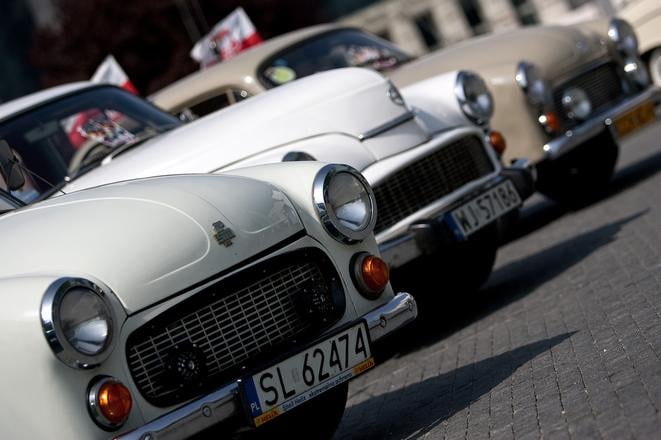So-called “youngtimers” - vehicles that are 20 to 29 years old - are now officially considered to be younger historic vehicles in Slovakia, based on an amendment to the law on the operation of vehicles in road traffic. It entered into force on January 1, 2024.
For the owners of such vehicles, this brings an advantage in the form of a lower registration fee.
Future historic vehicles
Based on the amended legislation, a younger classic vehicle is a vehicle that has a licence issued by the International Federation for Historic Vehicles (FIVA). It was manufactured more than 20 and fewer than 30 years ago, but no longer in production as a vehicle type.
The vehicle must also be preserved and maintained in its original condition and not have undergone any substantial change in the technical characteristics of its main components, and not used as a means of daily transport.
The new legislation sets the administrative fee to register a younger historic vehicle at a fixed amount of €33.
Youngtimers may become historic vehicles in the future. FIVA defines a historic vehicle as a mechanically propelled road vehicle of at least 30 years old, preserved and maintained in a historically correct condition, not used as a means of daily transport and therefore part of our technical and cultural heritage.
Slovakia has an old car fleet
The car fleet in Slovakia is one of the oldest in the European Union. Based on the latest data of the European Automobile Manufacturers’ Association (ACEA), the average age of passenger cars in Slovakia was 14.3 years in 2021.
Greece and Estonia have even older car fleets, with vehicles almost 17 years old. The newest passenger cars can be found in Luxembourg (7.6 years). The EU average is 12 years.

In 2022, some 2.5 million passenger cars were registered in Slovakia. Of these, more than 650,000 or almost 25 percent were more than 20 years old, according to the Automotive Industry Association (ZAP).


 Youngtimers may become historic vehicles in the future. (source: Sme)
Youngtimers may become historic vehicles in the future. (source: Sme)